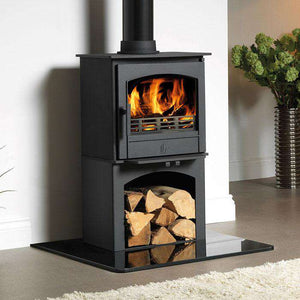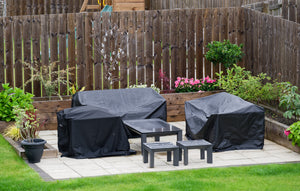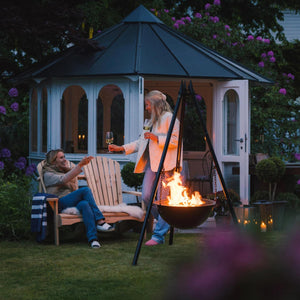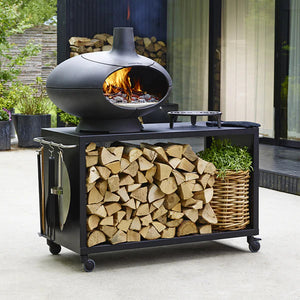How to spot the best firewood for your stove
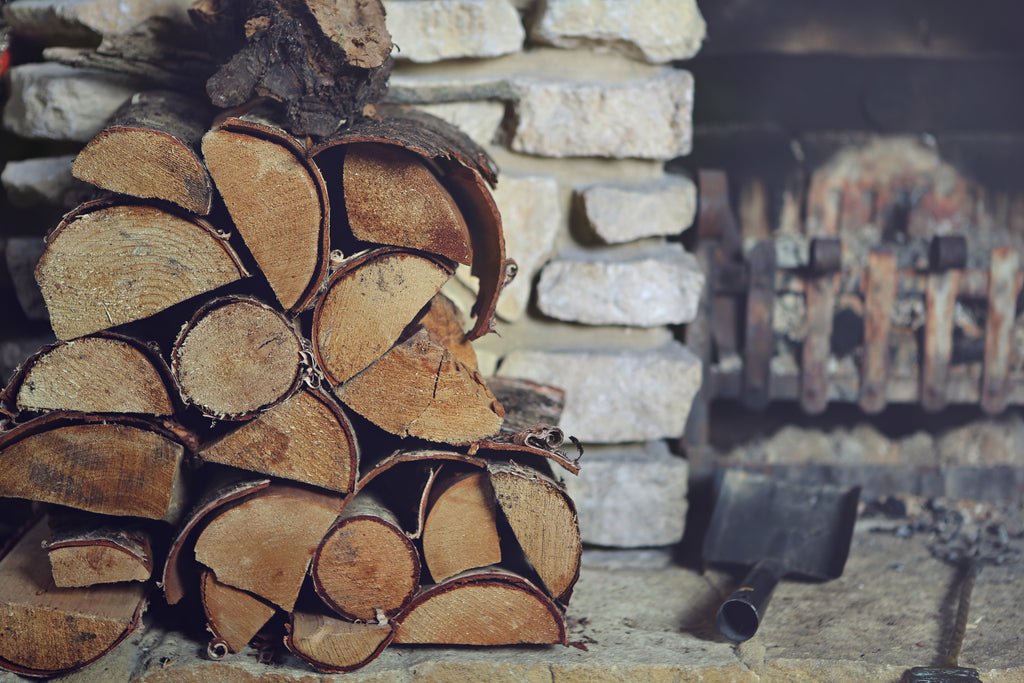
A wood-burning stove could be the perfect addition to your home as we begin to approach the winter months! However, there are a number of things to take into consideration, one of which being making sure you are burning the correct wood!
Unfortunately, if your wood is wet or not seasoned correctly, there are a number of problems that may occur, including:
- Your fire may be difficult or slow to get going, as well as then being difficult to maintain.
- Your fire may be smoky and of a dull or dirty orange colour.
- Your space will not receive the maximum heat output expected from the stove.
- There may be unpleasant smoky odours both inside and outside of the house.
- The glass of your stove will quickly become dirty and in need of a clean.
However, we have put together an easy guide for how to spot the perfect wood to help your stove burn at its absolute best!
Make sure your wood is dry!
Firstly, it is important that the wood you are using is properly seasoned. This means that the wood has been stored in order for it to be ‘air dried’, as when wood is freshly felled, around 35-60% of its weight is made up of water. If you burn wet wood, a large amount of the heat energy produced in the burning of it will be used to burn off the excess water that the logs contain rather than to warm up your space. For wood to be properly seasoned, it needs to be stored to dry for around 12 to 18 months, in order for the moisture content of that wood to drop below 20%. However, it is also possible to buy Kiln Dried logs – in which the wood is force-dried and can be completed within 60-168 hours. Kiln dried logs are much more convenient than seasoned logs, as they can be used almost immediately, however, seasoned logs provide maximum heat output and tend to be easier to light.
If you are seasoning your own firewood, split your larger, wet logs into smaller ones and store them in a wood store that is covered at the top, enabling moisture to be kept out, but open at the sides in order for air to flow and speed up the drying of the wood. Also, it is important to make sure you don’t store your wood against your house, as this will slow down the drying process and also increases the likelihood of you developing pest problems.
How to identify whether or not you have the best firewood
Perfectly seasoned firewood will be identifiable in the following ways:
- The logs should not have any green colour on them – if they do, they are not yet fully dry.
- If the bark of the wood is difficult to peel, again, the wood is not yet fully dry.
- The end of the logs should be cracked or split and dark in colour.
- In general, fully seasoned wood tends to be lighter in weight than wood that is not yet fully dry and should also make a hollow sound if hit against another piece of wood.
- If the wood you are thinking of using in your stove is painted, impregnated or treated or used as construction timber, manufactured board products or pallet wood, then it is important that you DO NOT use this to burn.
- Your logs need to be fairly small, often no larger than around 10cm in diameter, however, the perfect size will, of course, depend on the size of your stove!
Another quality of the best firewood, but that is perhaps not immediately visible, is that hardwood is better for use in this context than softwood, as hardwoods tend to be heavier than softwoods and therefore don’t burn as quickly, meaning you have to refuel your stove less often. Some examples of good and common hardwoods to use to burn in your stove are Ash, Birch and Beech.
Finally, if you want to be completely certain that your firewood is fully dried and ready for use – we can help you out! You can purchase from us a digital moisture meter that will tell you the exact moisture percentage of your wood – for just £19.99! (Don’t forget, for best results you are looking for a reading of 20% or below!)
- Stove Reviews


